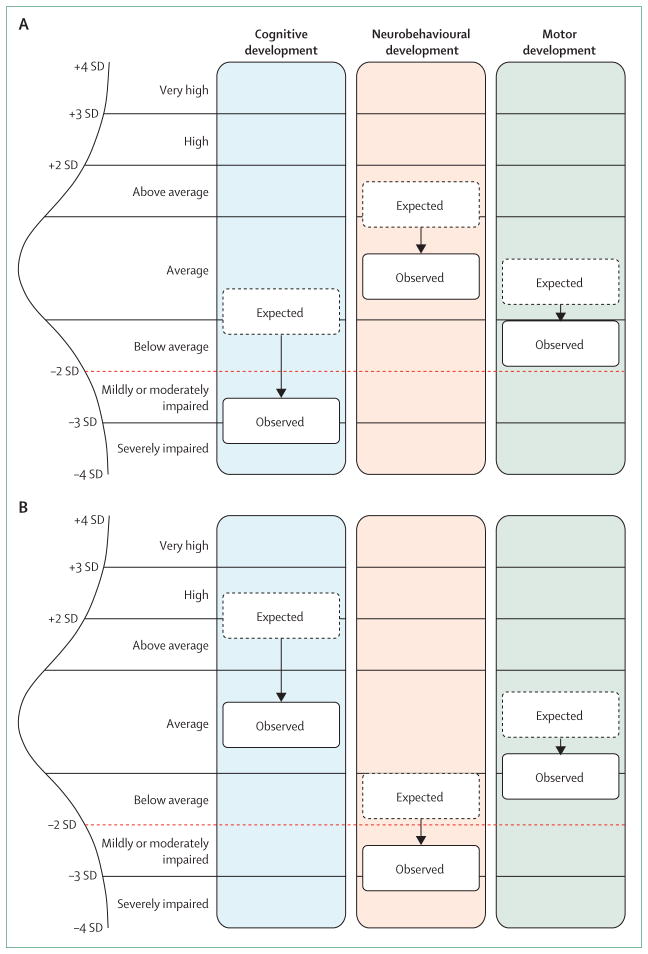Figure 3. The effect, or deleterious impact, of genetic or other insults on an individual’s neurodevelopmental profile across cognitive, neurobehavioural, and motor streams of development.
In these examples, the actual observed profile of abilities in probands (black solid lines) shows the deleterious effect of a copy number variant on the expected profile based on genetic background (dotted lines). The effect of a particular copy number variant might be different in each stream of development and is arbitrarily represented in these examples as a 2, 1·5, and 1 SD deleterious impact in the cognitive, neurobehavioural, and motor streams, respectively. The red dotted line represents the diagnostic threshold (depicted here as 2 SD below the mean). (A) In this example, the deleterious effect of the copy number variant on quantitative cognitive traits (eg, intelligence quotient) results in reaching the threshold for a diagnosis of intellectual disability, whereas neurobehavioural and motor features do not fall within the clinically impaired range. (B) In this example, because of a different starting potential (based on genetic background), the deleterious effect of the copy number variant on quantitative neurobehavioural traits (eg, social responsiveness scale score) results in reaching the threshold for a diagnosis of a neurobehavioural disorder (eg, autism spectrum disorder) without intellectual disability or motor impairment, since cognitive and motor abilities are not within the impaired range.

